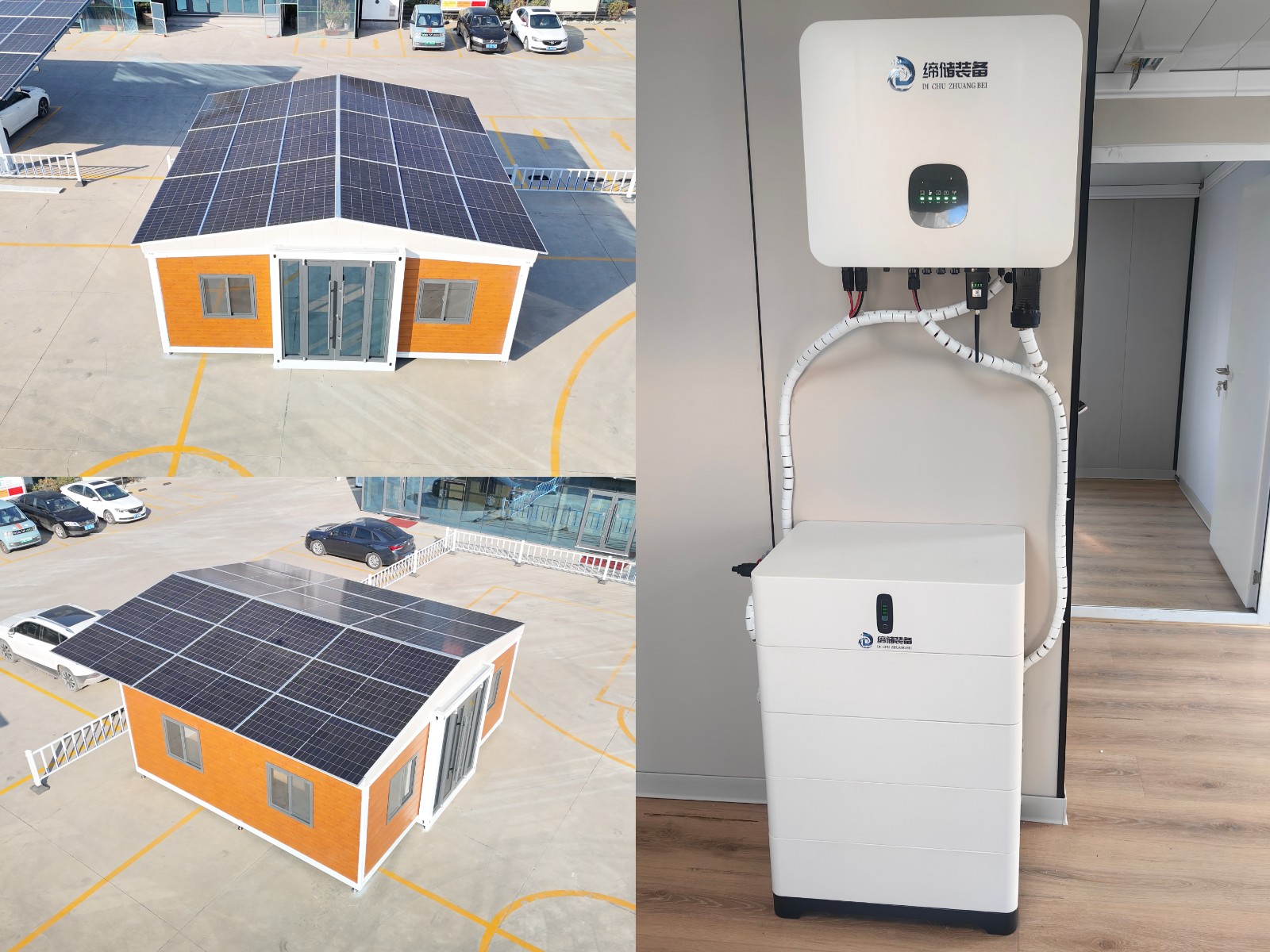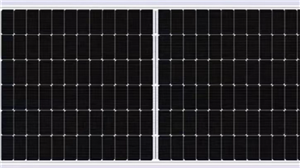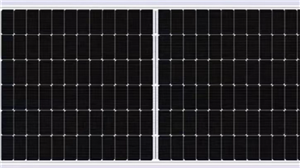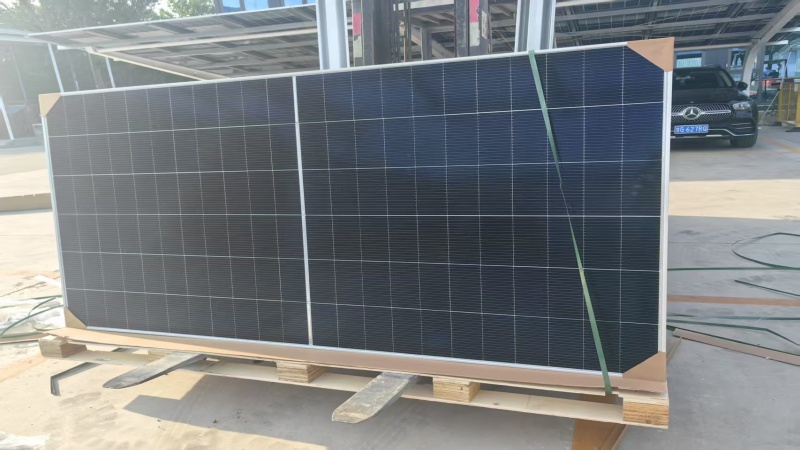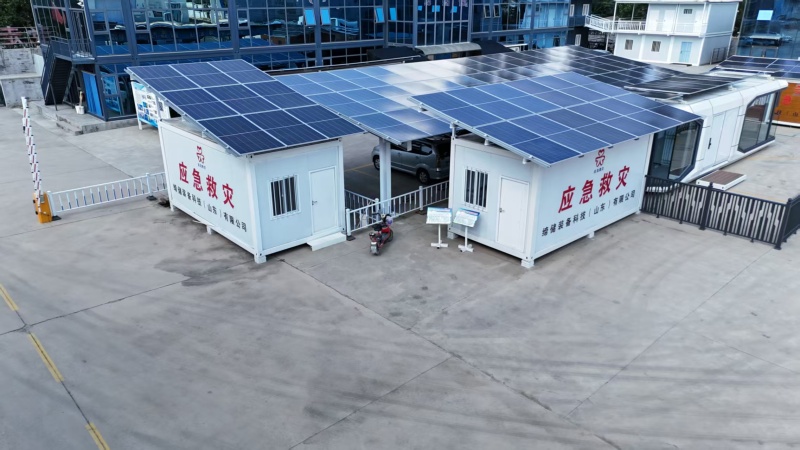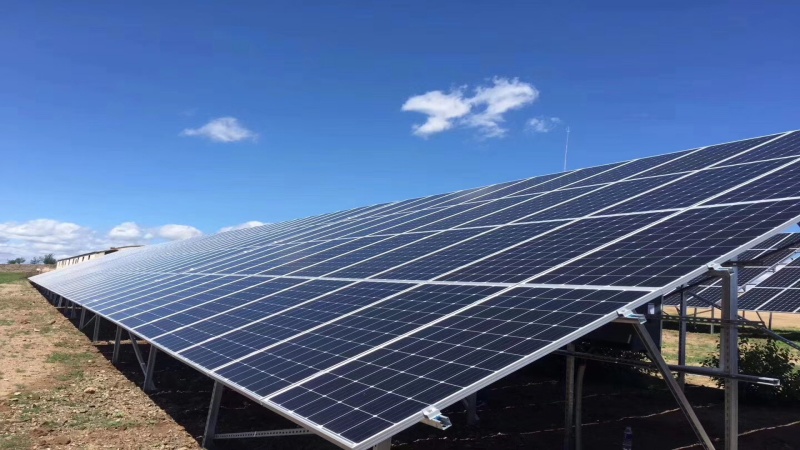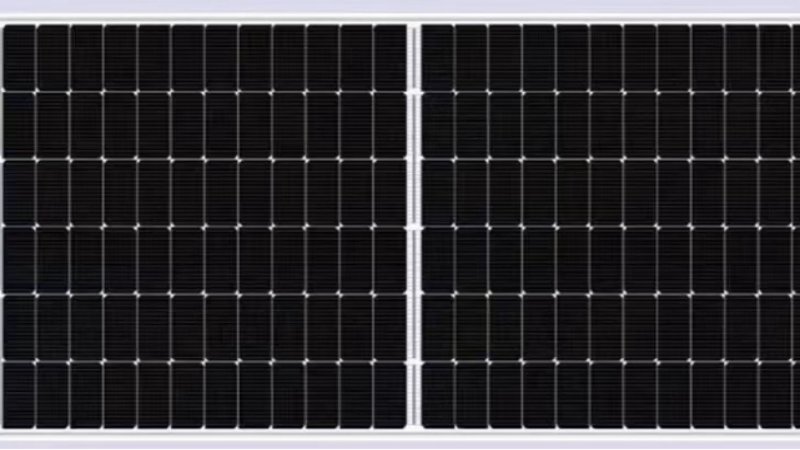
Photovoltaic panels placed on a flat roof
Brand Dichu Equipment Technology (Shandong) Co., Ltd.
Product origin Weifang, China
Delivery time 15-20 days (can be expedited)
Supply capacity 5GW
Photovoltaic panels on flat roofs:
Flat roof photovoltaic panels are designed for urban and commercial building roofs, easy to install and highly compatible. Its high-efficiency monocrystalline silicon technology has a conversion rate of up to 23% and stable power generation. It adopts a windproof and waterproof design, adapts to a variety of severe weather, and has a service life of up to 25 years. With strong production strength and strict quality inspection, the products are sold all over the world, leading in sales, with sufficient inventory and fast delivery. Whether it is a commercial building, factory building, or a home flat roof, it can provide a stable and clean energy solution. Flat roof photovoltaic panels are efficient and reliable, helping the green energy transformation.
Photovoltaic panels on flat roofs:
Photovoltaic panels on flat roofs are a highly efficient solar power generation solution designed specifically for flat roofs of urban and commercial buildings. Its unique design and installation method not only maximizes the use of limited roof space, but also provides users with clean, renewable energy while reducing energy costs.
Peak power: 710W
Cell type: monocrystalline silicon
Open circuit voltage (Voc): 48.28V
Short circuit current (Isc): 14.21A
Module efficiency: 23.3%
Temperature coefficient:
Pmax:-0.28%/°C
Voc:-0.24%/°C
Isc:+0.046%/°C
Frame type: anodized aluminum
Junction box protection level: IP68
Peak power: 610W
Cell type: Monocrystalline silicon
Open circuit voltage (Voc): 48.7V
Short circuit current (Isc): 15.94A
Module efficiency: 22.6%
Temperature coefficient:
Pmax:-0.28%/°C
Voc:-0.24%/°C
Isc:+0.046%/°C
Frame type: anodized aluminum
Junction box protection level: IP68
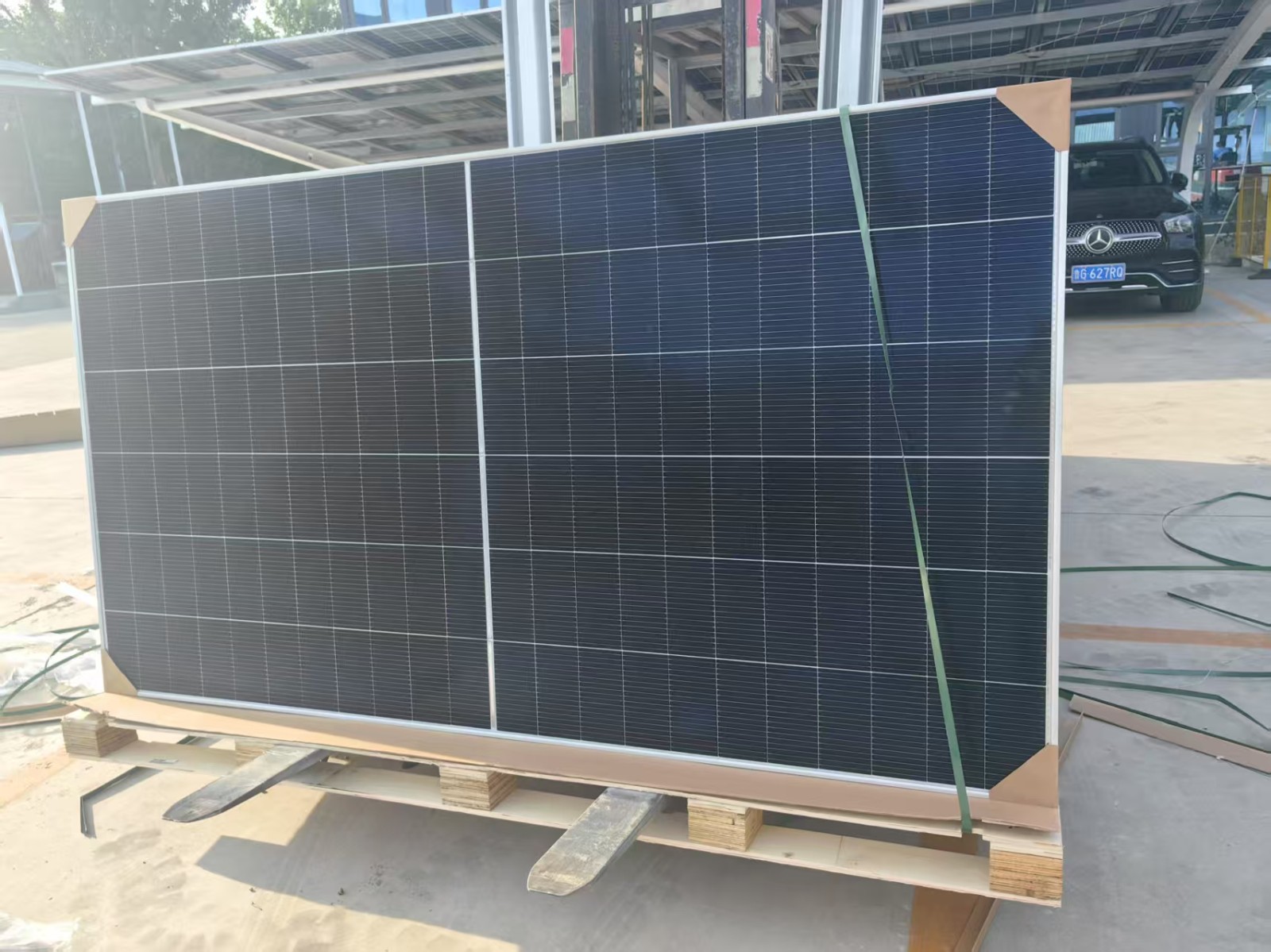
Technical parameters
Installation angle: 0-60° adjustable, optimize power generation efficiency according to different latitudes and roof conditions.
Applicable components: compatible with 60cell and 72cell components, thickness 30-40mm.
Material: The bracket is made of AL6005-T5 aluminum alloy, the surface is anodized, and the fasteners are zinc-nickel alloy or stainless steel.
Design standard: in line with international standards such as AS/NZS 1170, DIN 1055, JIS C 8955
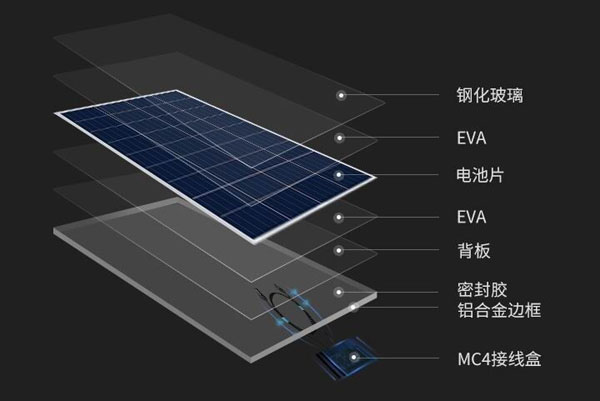
Core advantages:
1. High efficiency and excellent performance
Industry-leading conversion efficiency: The efficiency is as high as 24.3%, which is better than polycrystalline silicon and thin-film modules.
Excellent weak light performance: Stable power generation can be achieved even on cloudy days or in the morning and evening hours.
2. Durability and long life
Advanced anti-degradation technology: Using anti-PID (potential induced degradation) and anti-LID (light-induced degradation) processes, the power attenuation rate of monocrystalline silicon photovoltaic panels is low (0.3%-0.5%/year), and the service life can reach more than 30 years, which is the first choice for high-end photovoltaic projects.
Rugged design: IP68 protection level, corrosion-resistant frame and tempered glass surface, can withstand extreme temperatures (-40°C to +85°C), strong snow pressure (5400Pa) and harsh environments (coastal, desert, high altitude).
3. Intelligent technology integration
Multi-busbar (MBB) design: Reduce resistance loss and improve current collection efficiency.
Anti-reflective coating: Enhance light absorption and increase energy output.
4. Sustainability and Compliance
Low carbon footprint: Energy-saving production processes are adopted, and carbon emissions over the entire life cycle are reduced by more than 90% compared with fossil energy.
International certifications: IEC, UL, TÜV, CE, CQC, ISO 9001, ISO 14001
Application scenarios
Photovoltaic panels placed on flat roofs are suitable for a variety of scenarios, including but not limited to:
Residential roofs: provide clean energy for families and reduce electricity bills.
Industrial and commercial buildings: installed on flat roofs such as factory buildings and warehouses, saving a lot of electricity bills while optimizing roof space.
Public facilities: roofs of buildings such as schools and hospitals, providing stable power support

